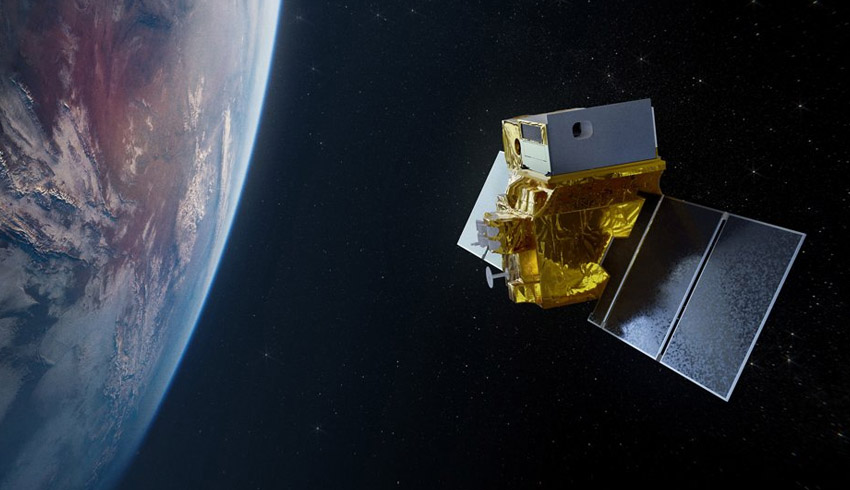TRISHNA (Thermal infraRed Imaging Satellite for High-resolution Natural resource Assessment) will be the latest satellite in the joint Franco-Indian satellite fleet dedicated to climate monitoring and operational applications.
CNES and ISRO (Indian Space Research Organisation) are partnering on the development of an infrared observation system with high thermal resolution and high revisit capability including a satellite and associated ground segment.
TRISHNA observations will enhance our understanding of the water cycle and improve management of the planet’s precious water resources, to better define the impacts of climate change, especially at local levels.
Jean-Marc Nasr, head of space systems at Airbus, said, “Thanks to ambitious science missions like TRISHNA, our industry has reached a technological maturity that opens up a new era of commercial observation of the Earth and all related applications.”
In the international partnership workshare, ISRO will provide the platform, the visible and short wave infrared instrument and will be the prime contractor for the satellite, while CNES is co-responsible for the mission and will provide the thermal infrared instrument, to be developed by Airbus.
The ground segment is shared between both countries.
For this mission, Airbus is leveraging the latest innovations and synergies from other programs (IASI-NG, CO3D etc) to offer an affordable high-performance instrument, with the aim of encouraging development of a commercial market.
Measuring surface temperatures provides information on hydric stress – a lack of water – and its impact on the vegetative cycle, and this monitoring of water and energy cycles is one of the main objectives of the mission, to be applied particularly in agriculture and hydrology.
“France’s world-leading expertise in the Earth observation export market, combined with the unmatched efficiency and ambition of the Indian space industry, is going to bring thermal infrared imagery to a new level. This will enable breakthrough applications in agriculture, urban and coastal zone management, meteorology, climate science and many commercial applications,” Nasr explained.
This mission will also serve numerous other applications: surveillance of continental and coastal waters, follow up of urban heat traps, risk monitoring (fire detection and volcanic activity), study of the cryosphere (glaciers, frozen lakes) and radiation budget assessment.
TRISHNA represents a significant step forward, both in terms of resolution and refresh rate, compared with existing missions, improving research opportunities and enabling further development of applications.
While existing missions are limited in terms of resolution (above one kilometre) and with revisit only every few weeks, TRISHNA will image the Earth every three days, at 50 metres resolution, observing a wide temperature range, from approximately minus 20 degrees to 30 degrees, with high precision (0.3 degrees).

